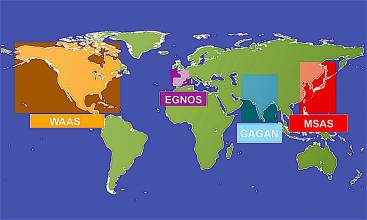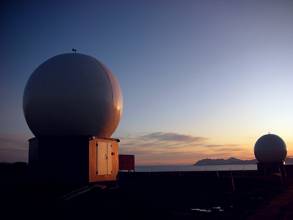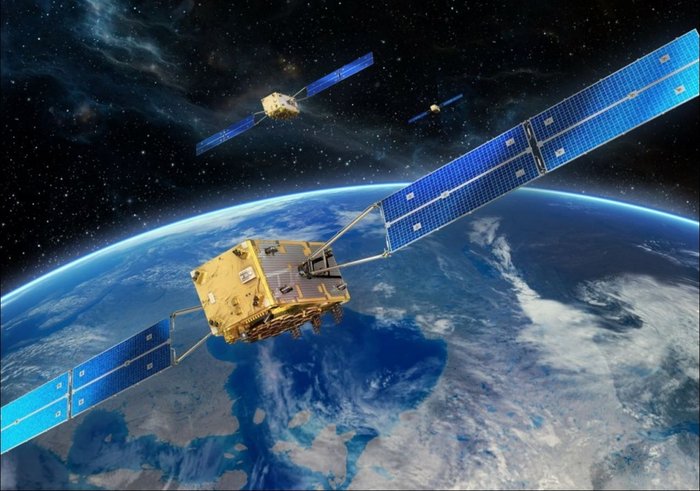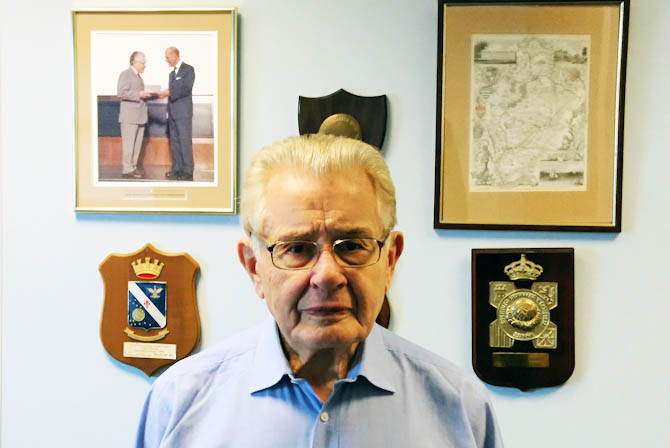Geoscience Australia, New Zealand, Lockheed Martin all Part of Second-Generation SBAS Research Project
It’s been a big couple of weeks for second-generation satellite-based augmentation system (SBAS) technology and for Bethesda, Maryland-based global security and aerospace company Lockheed Martin.
By Inside GNSS














